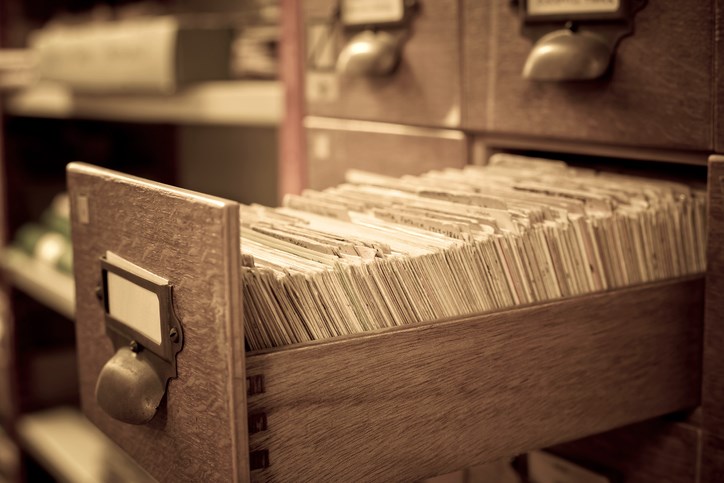Researching history always leads from one story to another. Occasionally, some uncovered research is best left untold. Then there are the stories that seem ‘accidentally’ overlooked.
Life in a Japanese POW Camp — and Slave Labour
Stories describing the horrors and brutality of life in a Japanese Prisoner of War Camp abound. Almost 30 per cent of all captives in Japanese POW Camps in WWII died. Even a local Moose Jaw district boy died in a Japanese POW Camp.
The Overlooked Story
Thousands of prisoners held by the Japanese were killed when Japanese prison ships carrying them were torpedoed and sunk by American submarines. Those killed include Canadians, Indonesians, Dutch, New Zealanders, Australians, British, American and other Allies.
More than 19,000 Allied prisoners were killed when the ships transporting them were torpedoed and sunk by American submarines.
The crews of the American submarines did not know they were sinking and killing Allied Prisoners of War. They thought they were sinking Japanese supply ships.
There are suggestions Navy Headquarters may have known but even a hint U.S. Navy submarines were sinking ships full of prisoners was never shared with the submarine crews. They had no idea. Submarine crews did not learn the ships carried POWs until well after the war.
I had never known about the sinking of POW Ships until researching the capture and death of Kenneth A. Dunlop of Baildon, just south of Moose Jaw. Kenny was one of the more than 19,000 prisoners held by the Japanese, killed by the United States Navy.
Ken Dunlop
Kenny and two buddies left Baildon in the 1920s for work and a new life in California. Work was plentiful there — life was good. Ken worked road construction, married and later got a job in a shipbuilding yard in the Bay area building Freighters for the British.
Seeking a little adventure and probably more money, Ken left the United States in early 1939 for the Philippines to work for an American Company building and expanding American Naval facilities in the region. The opportunity looked rosy. The United States was a neutral country, not at war with anyone — no worries.
Ken Dunlop was in the Philippines when the Japanese attacked Pearl Harbour and soon after, in early 1942, he was taken prisoner at Corregidor. As a Prisoner of War, Ken was placed in different POW Camps run by the Japanese.
In 1944 the Americans were having success and Japan was losing islands captured early in the war. The Philippines looked like it would soon fall to the Americans. The Japanese decided to take their prisoners to Japan to use as slave labour.
Ken and others were put on a ship, the Arisan Maru, in mid-October 1944 and taken to Manila where the ship became part of a Japanese convoy.
On October 21, 1944 the Arisan Maru and other ships in the convoy left Manila for Takao, Formosa (Taiwan). In Formosa prisoners would be sorted and sent on to Japan.
Before reaching Formosa the convoy were attacked by a United States Navy submarine and sunk on October 24, 1944.
Only five prisoners survived. The remaining 1,783 prisoners, including Ken Dunlop, died.



